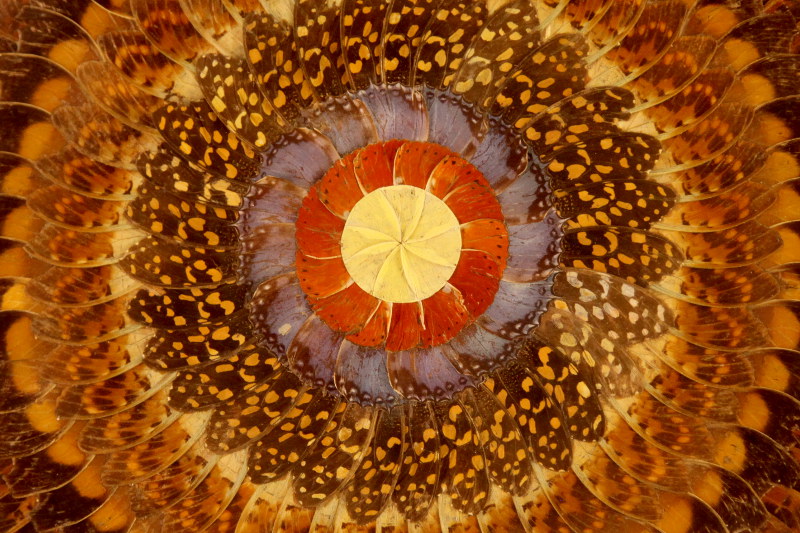Be awed. Be amazed. Be creeped out by all the dead, stuffed animals!?
While the Museum of Everyday Life has an ambiance of noir, the Fairbanks Museum & Planetarium is just plain macabre. This was never on our “roadside attraction” visit list, but it’s stone lions beckoned to us from the outside as we passed by… and I was aware of it’s “vast” collection of bug art. We needed a break, so we stopped in.
The “vast” collection of bug art is rather tiny and everything else surrounding it very overwhelming. The collection of animals comes from a different time… a different value set… from an era when Walter Potter was popular and if it could be caught and pressed/moulded/stuffed/displayed, it was. Many animals are not even from Vermont.
We called it quits at the sight of Bambi. After I couldn’t shake the mental image of an animal serial killer roaming the world looking for creatures to kill and stuff.
The Bug Art
People travel from far and wide to see the “bug art.”
It was created in the late-1800s / early-1900s by a man from New Jersey named John Hampson. As mentioned above, the collection is rather small compared to the rest of the museum. And, there are other examples of bug art not specific to Hampson (see the header image above).
Hampson was an English born machinist who moved to the U.S. and worked in the Confederate states navy yard during the Civil War. His obsession with bugs led him to create 11 patriotic mosaics that contains 6,300 to over 13,500 insects each (only 7 are on display). It would have taken years and a lot of obsessive bug catching/cyanide killing/pinning to create each mosaic.
Many of the roadside oddities sites hail this as one of the greatest creations since sliced bread. However, it’s simply a fading byproduct of a Victorian hobby with a bit of OCD sprinkled in. The collection is difficult to see and photograph in their current glass enclosures.
Victorian Bird Tree
The Victorians are the ones who brought us mourning jewelry, death photography, posthumous portraiture, hair-knot art, anthropomorphic animals, and now… the bird tree!!? I have to say that this one is new to me.
I’m not surprised given the Victorian obsession with taxidermy and collectables… and it seems that songbird trees adorn plenty of Christmas cards… dead ones too (thanks to Wren Day).
This particular diorama of taxidermied birds (some extinct) comes from the mid-1860s. It was created to “save space” for this particular collector of birds.
